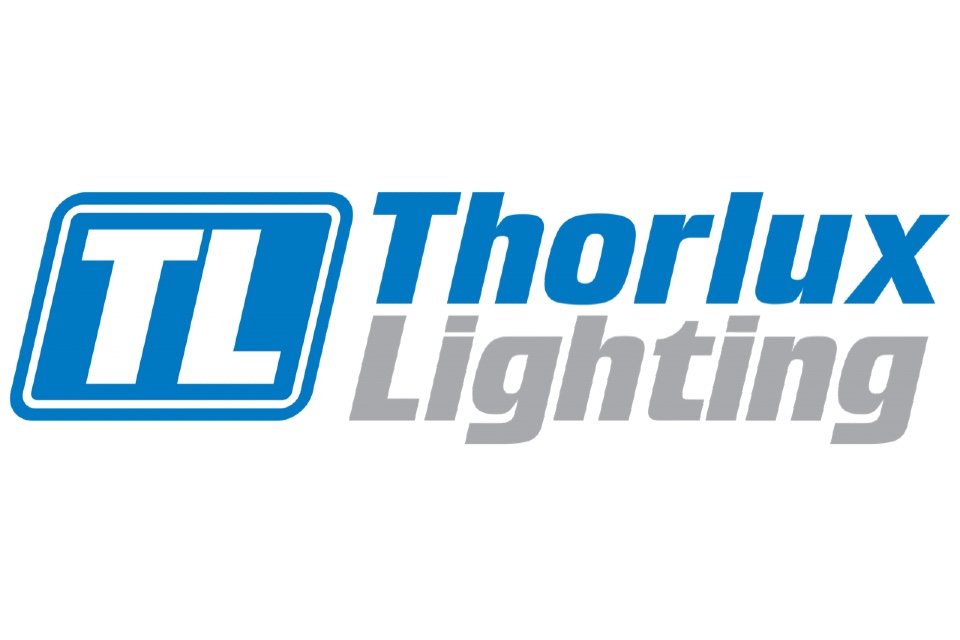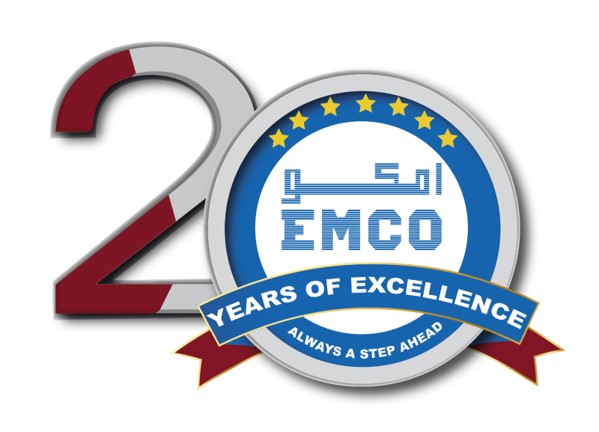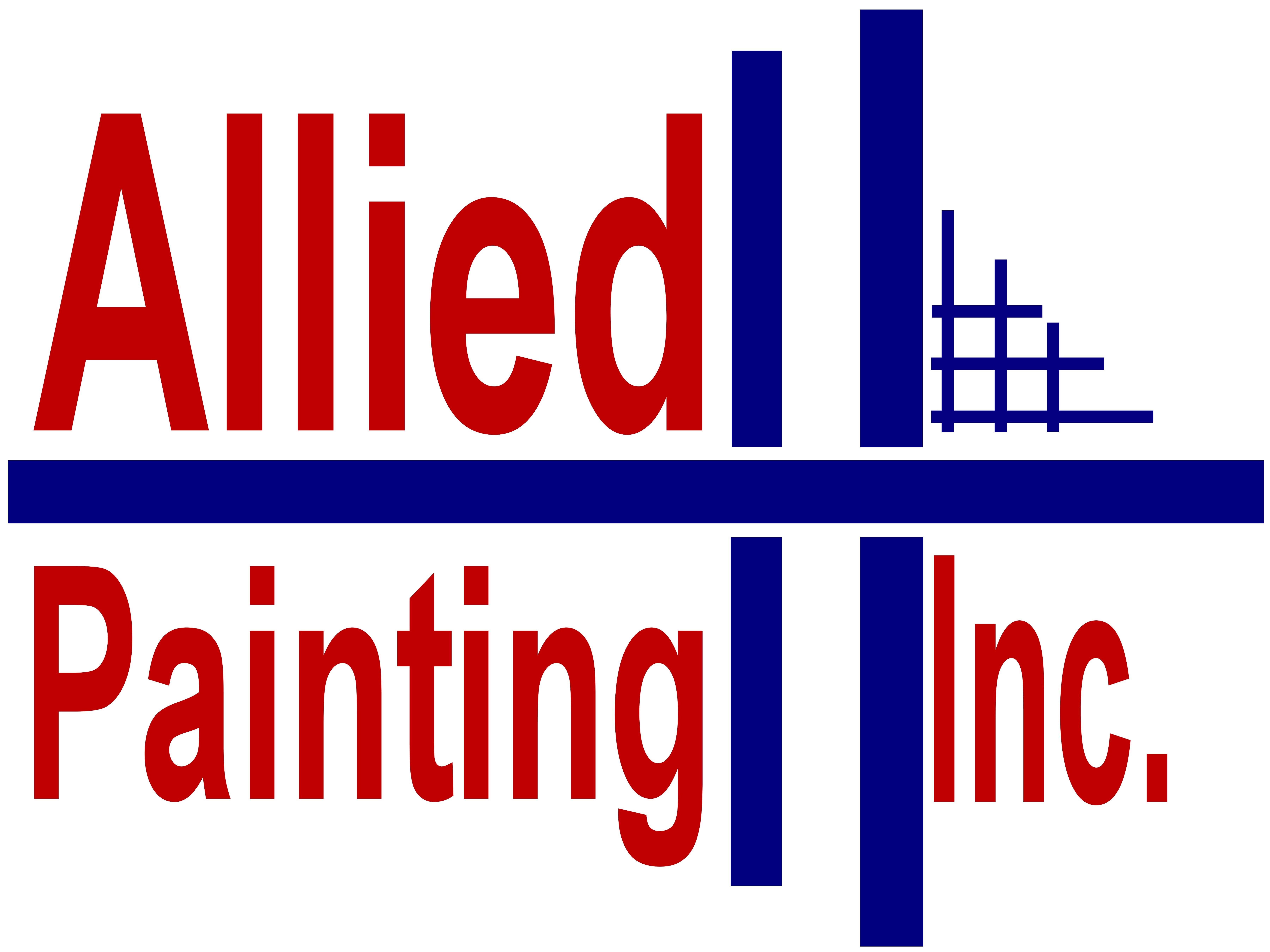Title Page
-
Job Description
-
Conducted on
-
Prepared by
- Anthony Clegg
- Bradley Hunter
- Dan Livesey
- Florin Badescu
- George Brighton
- Harry Edwards
- James Parker
- Jordan Barker
- Jordan Rust
- Martin Brown
- Morgan Reynolds
- Neal Depledge
- Paul Bessent
- Paul Whitehouse
- Richard Bowen
- Same Jennings
- Simon Stanfield
-
Location
The Timing of inspection
-
This checklist refers to one of the following timing (please tick as appropriate)
- When the tower has been built and taken in to use for the first time
- After any substantial addition. dismantling or other alteration
- After any event likely to have affected its strength or stability
- At a regular internals NOT exceeding 7 days
Description of the tower
-
Height
-
Type (Mobile)
-
Tower Manufacturer (Loyal Scaffold LTD)
-
Aluminium
-
Scaff Tag number
-
Location of tower at time of inspection
The following items to be checked
-
1. Do you have a copy of the manufacturers instruction manual (MIM) to enable you check the tower?
-
2. Does a risk assessment for the tower exist?
-
3. Check that the environment has no detrimental affect on the safe use of the tower
-
4. Are the castors or base plates fully in contact with the ground and bearing their share of the weight of the tower and that all 4 brakes are applied?
-
5. Are the adjustable legs only being used to level the tower and not for gaining height?
-
6. Is a tower level in all planes?
-
7. Is the tower built on firm and stable ground?
-
8. Are stabilisers fitted and are they the correct size for the height of the tower?
-
9. Check that the feet are fully in contact with the ground, and wing nuts are tight
-
10. Check that the feet of the stabilisers are positioned correctly
-
11. Is the bracing pattern used, in accordance with the manufacturer’s instructions?
-
12. Check that all the hooks on the braces are fully engaged
-
13. Check that all the handrails and mid guardrails are fitted in the correct positions
-
14. Check that the interlocking devise, locking frames together are engaged
-
15. Check that all platforms are in the correct position on the tower
-
16. Check that the trap door opens to the outboard side of the tower
-
17. Check that, if the tower is single width that all platforms have trap doors
-
19. Are toe boards fitted to the working platform, or any platform with gear stowed?
Inspection completed – sign off
-
Signature of inspector
-
Inspector Name
-
Date












